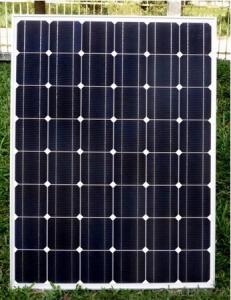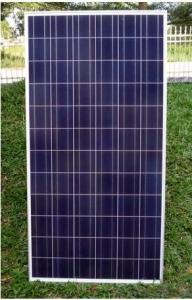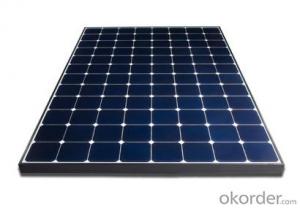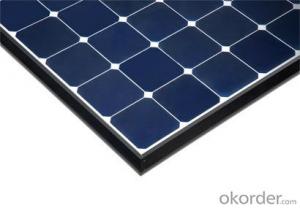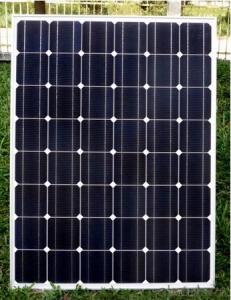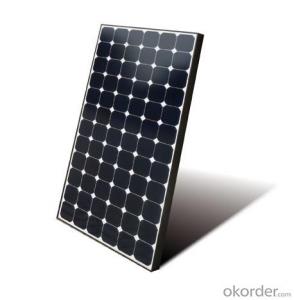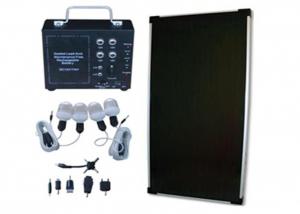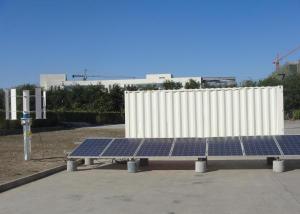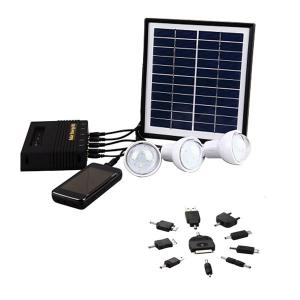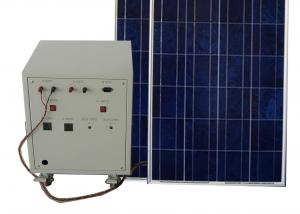Solar Energy Systems NZ - CNBM On Grid System 3000W with Certificate UL TUV CE
- Loading Port:
- Shanghai
- Payment Terms:
- TT OR LC
- Min Order Qty:
- 100 watt
- Supply Capability:
- 1000 watt/month
OKorder Service Pledge
OKorder Financial Service
You Might Also Like
Specification
CNBM On Grid System 3000W with Certificate UL TUV CE
Product description
They range from small residential and commercial rooftop systems to large utility-scale solar power stations. Unlike stand-alone power systems, a grid-connected system rarely includes an integrated battery solution, as they are still very expensive. When conditions are right, the grid-connected PV system supplies the excess power, beyond consumption by the connected load, to the utility grid.
Connection of the photovoltaic power system can be done only through an interconnection agreement between the consumer and the utility company. The agreement details the various safety standards to be followed during the connection.[4]
Systems such as Net Metering and Feed-in Tariff which are offered by some system operators, can offset a customers electricity usage costs. In some locations though, grid technologies cannot cope with distributed generation feeding into the grid, so the export of surplus electricity is not possible and that surplus is earthed.
Grid-connected PV systems are comparatively easier to install as they do not require a battery system.[1][6]
Grid interconnection of photovoltaic (PV) power generation systems has the advantage of effective utilization of generated power because there are no storage losses involved.[7]
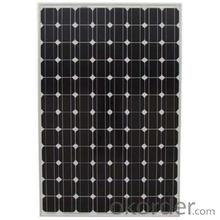
Application
Industrial
Commercial
Residential
Feature
Residential, grid-connected rooftop systems which have a capacity more than 10 kilowatts can meet the load of most consumers.[2] They can feed excess power to the grid where it is consumed by other users. The feedback is done through a meter to monitor power transferred. Photovoltaic wattage may be less than average consumption, in which case the consumer will continue to purchase grid energy, but a lesser amount than previously. If photovoltaic wattage substantially exceeds average consumption, the energy produced by the panels will be much in excess of the demand. In this case, the excess power can yield revenue by selling it to the grid. Depending on their agreement with their local grid energy company, the consumer only needs to pay the cost of electricity consumed less the value of electricity generated. This will be a negative number if more electricity is generated than consumed.[3] Additionally, in some cases, cash incentives are paid from the grid operator to the consumer.
Packaging
With carton and box
- Q: Can solar energy systems be used for powering wastewater treatment plants?
- Yes, solar energy systems can be used for powering wastewater treatment plants. Solar panels can be installed to generate electricity, which can then be used to power the various processes and equipment involved in wastewater treatment, such as pumps, aeration systems, and disinfection units. This not only helps reduce the carbon footprint of wastewater treatment plants but also provides a sustainable and renewable source of energy for their operations.
- Q: Can solar energy systems be installed on historic buildings?
- Yes, solar energy systems can be installed on historic buildings. However, it is important to consider the sensitivity of the building's preservation and design. Careful planning and collaboration with historic preservation experts are required to ensure that the installation does not compromise the architectural integrity of the historic structure.
- Q: Can solar energy systems be used for powering off-grid eco-industrial parks?
- Yes, solar energy systems can absolutely be used for powering off-grid eco-industrial parks. Solar power is a reliable and sustainable source of energy that can effectively meet the power requirements of these parks. By installing solar panels, these parks can generate their own electricity, reducing their dependence on traditional fossil fuel-based energy sources. This not only helps in minimizing carbon emissions but also promotes sustainability and environmental conservation. Additionally, advancements in solar technology have made it more affordable and efficient, making it an ideal choice for off-grid eco-industrial parks.
- Q: Can solar energy systems be used for powering boats?
- Yes, solar energy systems can be used for powering boats. Solar panels can be installed on boats to capture sunlight and convert it into electricity, which can then be used to power various onboard systems such as navigation, lighting, and appliances. This renewable energy source is clean, sustainable, and can greatly reduce reliance on fossil fuels while providing a reliable power source for boating activities.
- Q: What is the impact of electromagnetic interference on solar energy system performance?
- Electromagnetic interference can have a negative impact on the performance of solar energy systems. It can disrupt the communication and control signals within the system, leading to reduced efficiency and functionality. Additionally, electromagnetic interference can introduce noise and disturbances in the power output, affecting the overall reliability and stability of the system. Therefore, proper shielding and mitigation techniques need to be implemented to minimize the impact of electromagnetic interference on solar energy system performance.
- Q: Can solar energy systems be used in powering dental clinics or medical clinics?
- Yes, solar energy systems can be used to power dental clinics or medical clinics. Solar panels can be installed on the roofs of these facilities to capture sunlight and convert it into electricity, which can be used to meet their energy needs. This not only helps to reduce their reliance on fossil fuels but also provides a clean and sustainable source of power. Additionally, solar energy systems can be designed to store excess energy for use during non-sunlight hours, ensuring a continuous power supply for critical medical equipment and operations.
- Q: What is net metering?
- Net metering is a billing arrangement that allows solar panel owners to receive credit for the excess electricity they generate and feed back into the grid. This means that when their solar panels produce more electricity than they need, the surplus is sent to the grid, effectively spinning their energy meter backwards and reducing their future electricity bills.
- Q: Can solar energy systems be used in cloudy or rainy areas?
- Yes, solar energy systems can still be used in cloudy or rainy areas. While it is true that solar panels work most efficiently in direct sunlight, they can still generate electricity even on cloudy or rainy days. Solar panels are designed to capture both direct sunlight and diffuse sunlight, which is the sunlight that filters through clouds. Although the efficiency of solar panels may be reduced in cloudy or rainy conditions, they can still produce a significant amount of electricity. Additionally, solar energy systems can also be combined with energy storage technologies, such as batteries, to store excess energy produced during sunny days for use during cloudy or rainy periods. Therefore, solar energy systems can be a viable and sustainable option for generating electricity in cloudy or rainy areas.
- Q: Can a solar energy system power my entire home?
- Yes, a solar energy system can power your entire home. However, the feasibility of this depends on various factors such as the size of the system, your energy consumption, and the availability of sunlight in your area. It is important to assess your energy needs and consult with a solar energy professional to determine the appropriate system size and design for your home.
- Q: How does the color of solar panels affect energy production?
- The energy production of solar panels is not significantly affected by their color. The color of solar panels mainly depends on the materials used in their construction, such as silicon or thin film. These materials have different absorption properties, but they are designed to efficiently absorb sunlight and convert it into electricity regardless of the color. However, it is important to note that darker-colored solar panels may absorb slightly more heat from the sun compared to lighter-colored ones. This can result in a slight reduction in overall efficiency as the panel's temperature increases. To address this issue, manufacturers often employ various cooling techniques, such as elevating the panels or incorporating cooling systems, to maintain optimum operating temperatures. In the end, the primary factor that influences energy production in solar panels is the amount and intensity of sunlight they receive, rather than their color. Factors such as the installation angle, geographical location, shading, and cleanliness of the panels have a much greater impact on their energy output.
Send your message to us
Solar Energy Systems NZ - CNBM On Grid System 3000W with Certificate UL TUV CE
- Loading Port:
- Shanghai
- Payment Terms:
- TT OR LC
- Min Order Qty:
- 100 watt
- Supply Capability:
- 1000 watt/month
OKorder Service Pledge
OKorder Financial Service
Similar products
Hot products
Hot Searches
Related keywords
